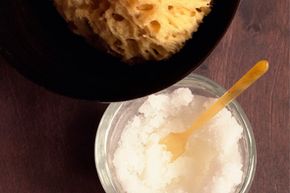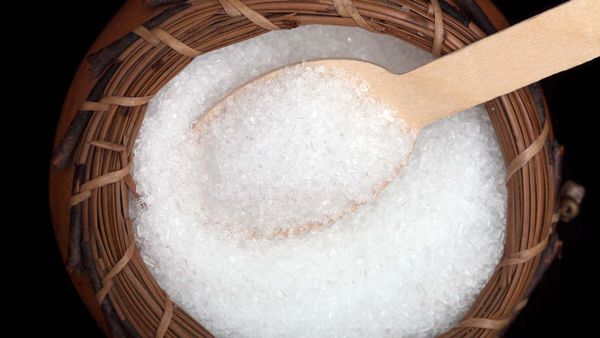Whether you've spent the day engaging in intense physical activity or have just been on your feet too long, your muscles and joints are likely to be overworked and a bit achy. Even though this pain is temporary, it's natural to want quick relief. You might not have to look far. One of the most effective and inexpensive ways to soothe a sore body is likely already in your medicine cabinet: Epsom salt.
A farmer in the English town of Epsom discovered the healing power of the salts in 1618, after his cattle refused to drink from a certain well. He tasted the mineral water and thought it tasted bitter, and eventually noticed the water helped heal rashes and scratches he had [source: Jefferson Lab]. For years, people would flock to the area to soak in healing springs rich in magnesium sulfate (MgSO4). Both of the compound's minerals have properties that can help the body recover from common hurts like muscle and joint pain. Magnesium, once absorbed into the skin, can actually reduce the brain's pain responses. It also works to control other body proteins, increasing the body's overall performance. Sulfate, on the other hand, made up of the elements sulfur and oxygen, flushes out toxins and forms proteins that improve joint and tissue performance [source: DeCarbo].
Advertisement
Fortunately, you no longer have to travel to southeastern England to enjoy a relaxing Epsom salt soak. Today, you can buy the mineral salts by the pound at almost any drug store for just a few dollars.
The ideal amount of Epsom salt for a soak is approximately 2 cups in a warm bath. Warm water can speed up blood flow and help relax muscles, though heat may not help hot swollen arthritic joints. Make sure you give the Epsom salt bath enough time to do its job; the Epsom Salt Council (yes, there is such a thing) recommends soaking for at least 12 minutes.
In addition to treating aches caused by too much activity, you can also use Epsom salt to address other types of pain. It's been shown to help heal bruises and reduce the pain of bee stings, sunburn and the achiness of the flu.
Want to further explore this natural remedy? Click to the next page for lots more information.
Advertisement

